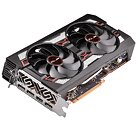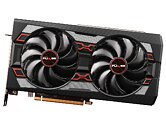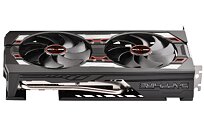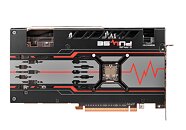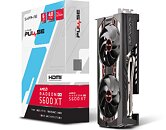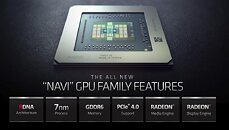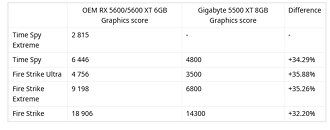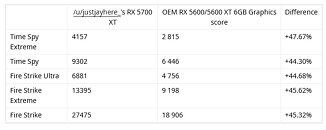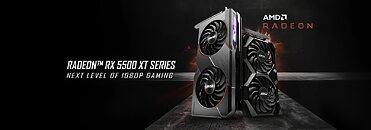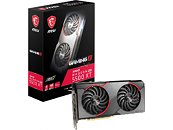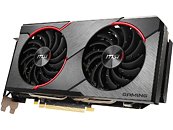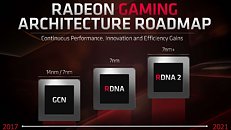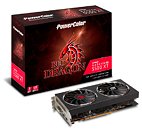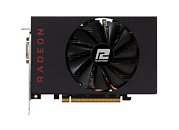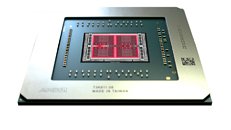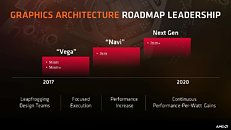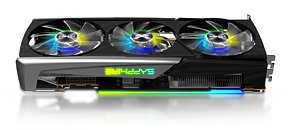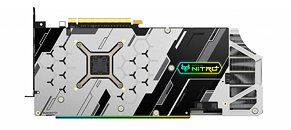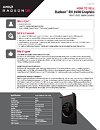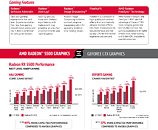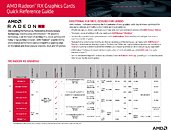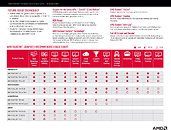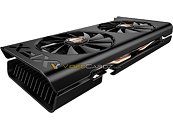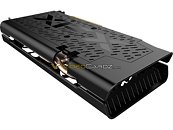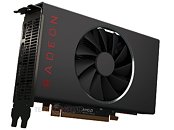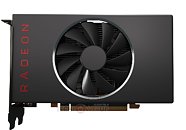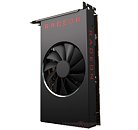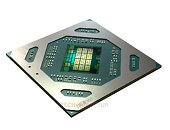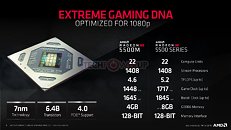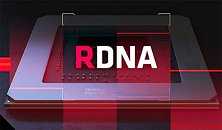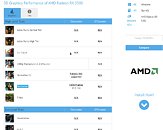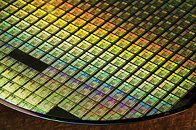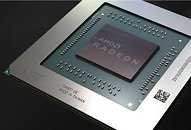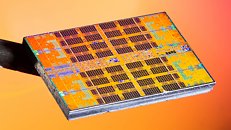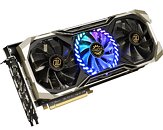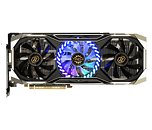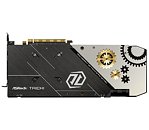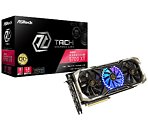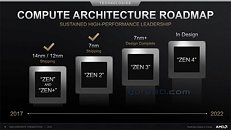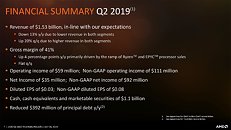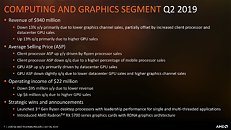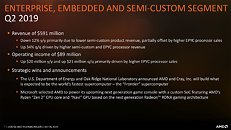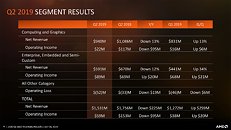
Sapphire Launches the Pulse Radeon RX 5600 XT Graphics Card
SAPPHIRE Technology launches PULSE version of the AMD Radeon RX 5600 XT graphics card with powerful TriXX boost Software tool that delivers up to a 15% performance improvement in popular games when the resolution is adjusted from 1920 x 1080 to 1728 x 972. Built on the groundbreaking AMD RDNA gaming architecture and 7 nm process technology, the PULSE Radeon RX 5600 XT graphics card comes with 2304 stream processors, a Boost Clock of up to 1620 MHz and a Game Clock of 1560 MHz delivering ultra- responsive high fidelity AAA gaming @ up to 60 FPS in select titles. The SAPPHIRE Radeon RX 5600 XT Series are equipped with 6 GB GDDR6 of high speed memory and PCI Express 4.0 support for maximum game performance, exceptional power efficiency and outstanding value.
Focusing on what gamers' need, the PULSE Radeon RX 5600 XT graphics card comes with a pivotal set of exciting features that deliver a superlative gaming experience powered by the new AMD RDNA gaming architecture. Impressive clock speeds, near silent cooling and a durable design are the trademark of the PULSE series of graphics cards.
Focusing on what gamers' need, the PULSE Radeon RX 5600 XT graphics card comes with a pivotal set of exciting features that deliver a superlative gaming experience powered by the new AMD RDNA gaming architecture. Impressive clock speeds, near silent cooling and a durable design are the trademark of the PULSE series of graphics cards.
